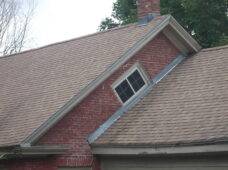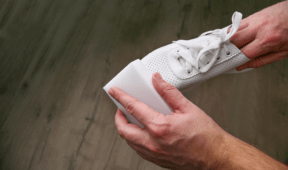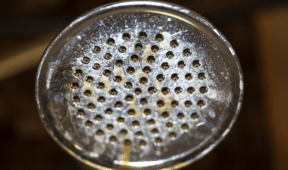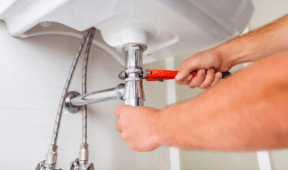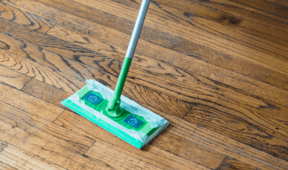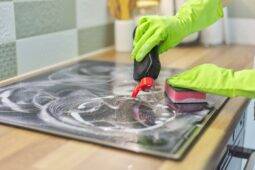Should You Leave Your Garage Door Slightly Open During The Summer?
When the heat of summer sets in, it’s tempting to leave your garage door cracked open for airflow, especially if you spend a lot of time working in there. Someone might have even suggested it to you, as it’s a “tip” that’s been making the rounds lately. On its face, it seems like a harmless way to help control the temperature and get some ventilation, but there’s more to consider than just circulation. Here’s a closer look at what really happens when you leave that door cracked open.
Not Enough Airflow
People say a partially open garage door can let heat escape and bring in some breeze, but in most cases, it doesn’t make enough of a difference to cool the space meaningfully. Heat still builds up, especially if the garage faces the sun, and if it’s warm enough out, all you’re doing with that crack is letting the hot outdoor air in. If you want it for just the airflow rather than the cooling, you’ll likely need more than a small gap to feel any real relief.
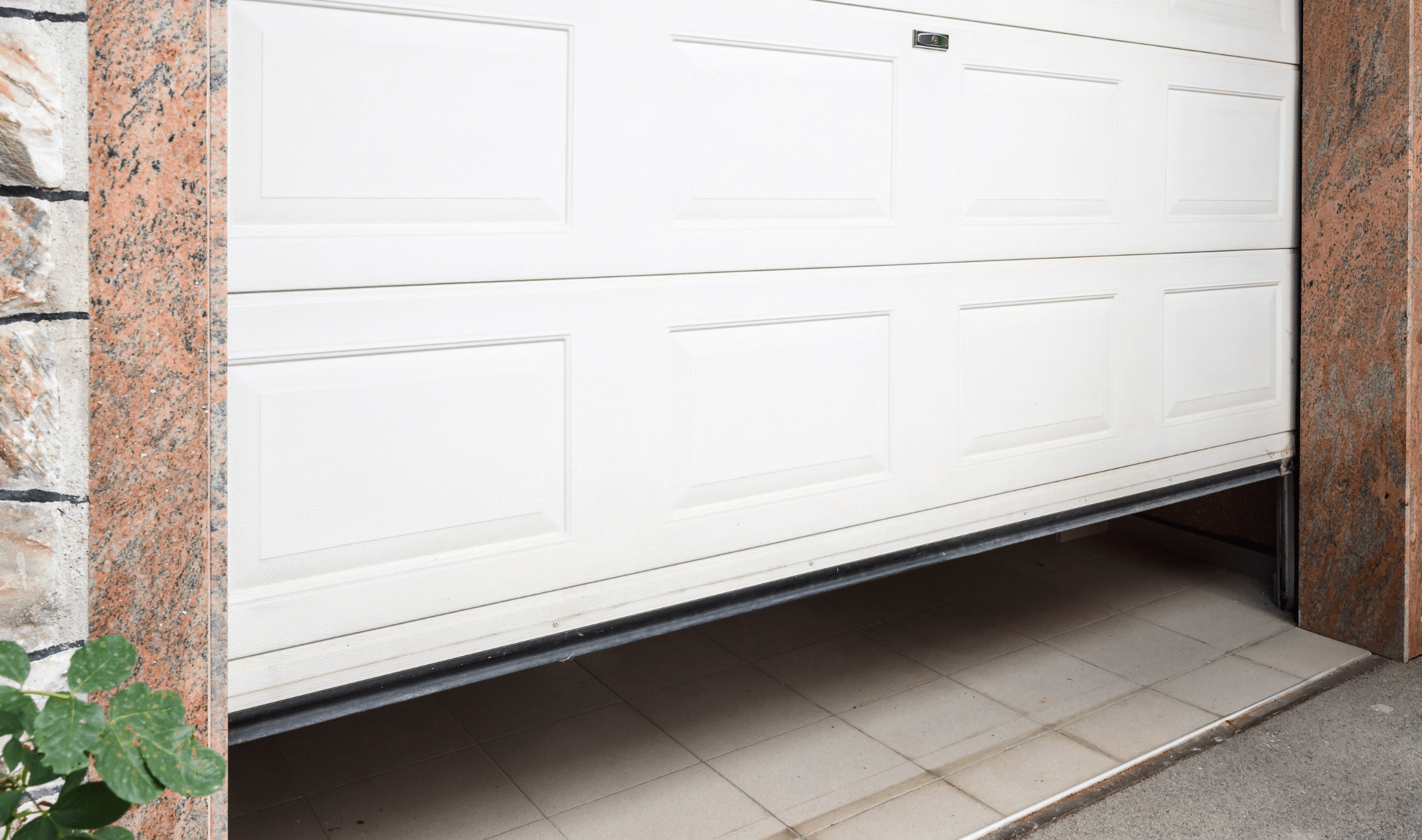
It Invites Pests
A cracked garage door might not seem like much, but it’s just enough room for rodents, insects, and even snakes to make their way inside, especially if your garage has food waste or shelter that appeals to these types of animals. Once they find a way in, they’re not likely to leave on their own, or you might trap them in by closing the door later on, creating an immediate pest problem that could grow into something much worse.
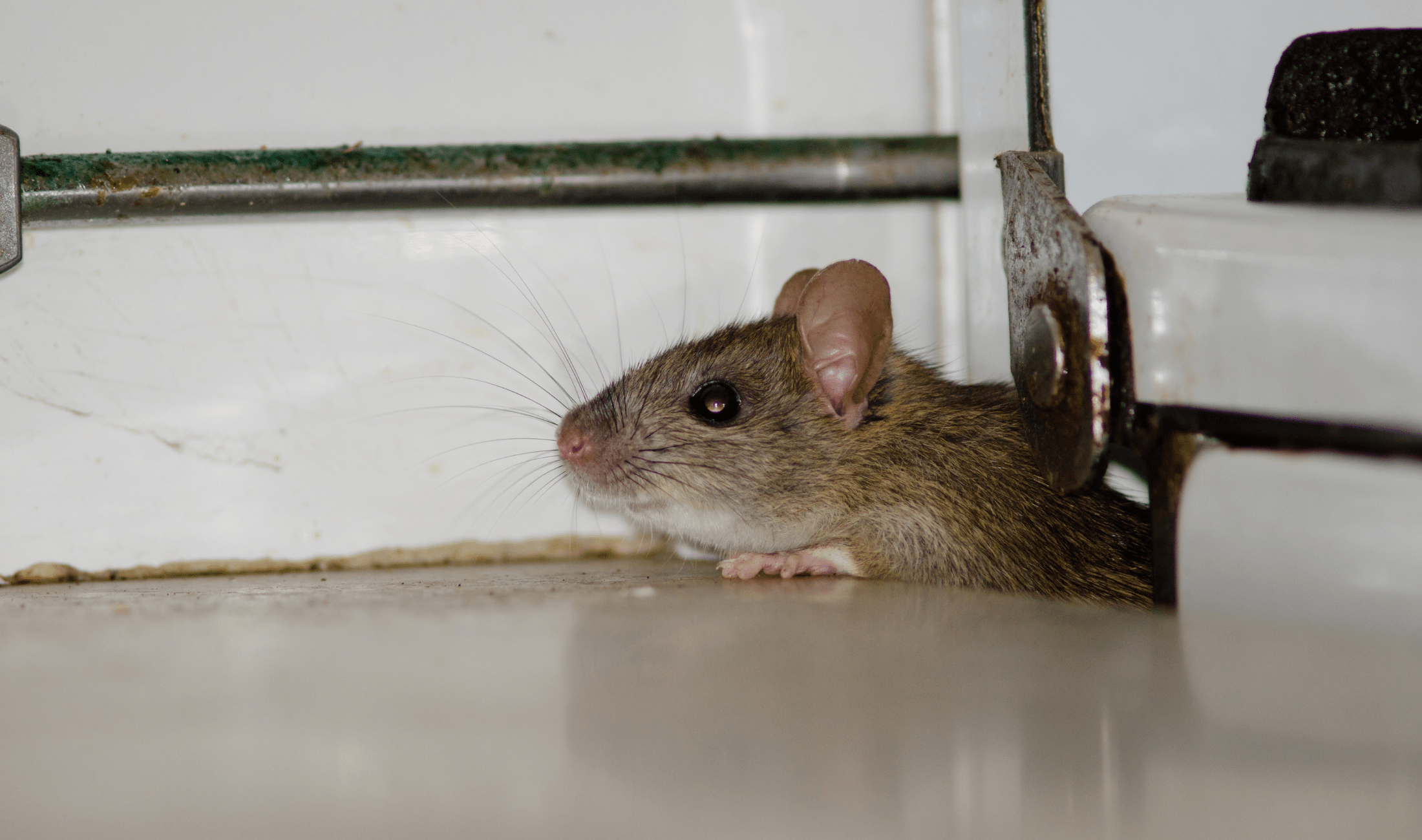
Moisture and Mold
Leaving the garage door open allows humid air to get inside. Over time, that moisture builds up and can settle into cardboard boxes, drywall, or unfinished flooring. Mold can grow quickly under these conditions, especially in garages with poor drainage or low airflow. This can damage your belongings and create unhealthy conditions for your family if it spreads further.
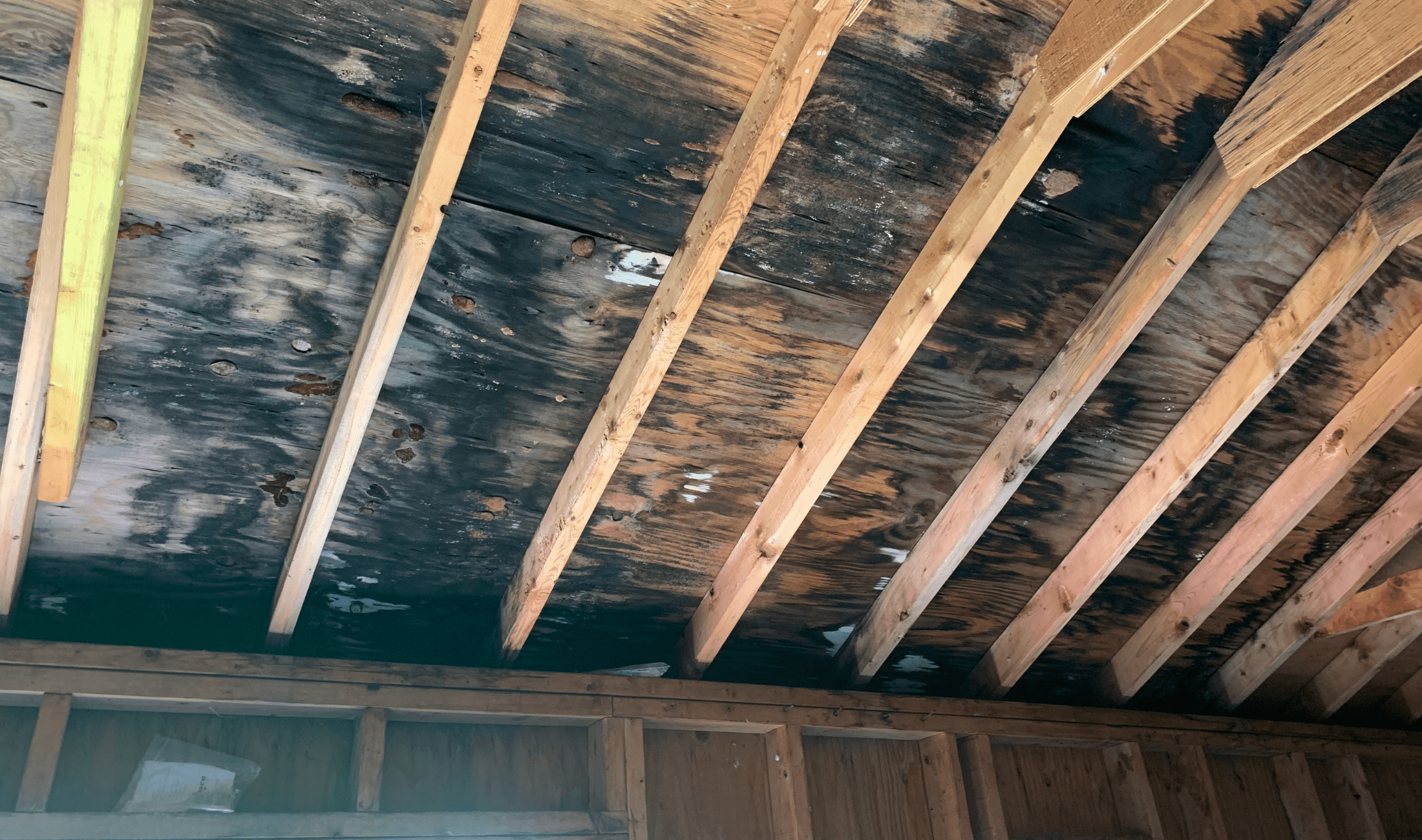
Security
Even when left just a few inches open, a garage door makes your home more vulnerable. Opportunistic thieves can spot an opening from the street, and some can easily pry it the rest of the way. If your garage connects to the house or holds expensive tools, bikes, or equipment, that crack becomes a huge risk. No amount of airflow is worth making it easier for someone to break in.
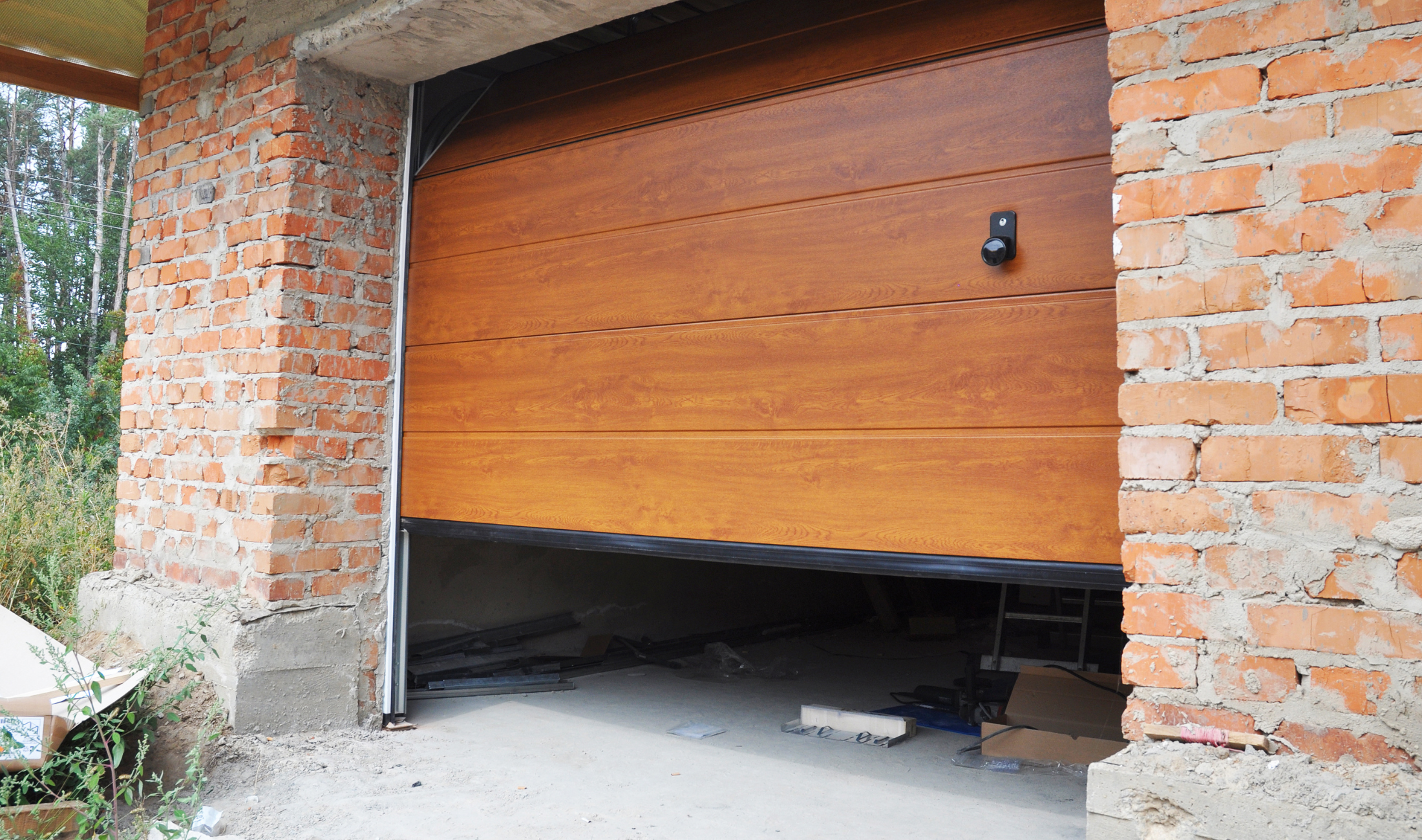
The Garage Door System
Garage doors are designed to open and close fully. Leaving them in a partially open position for long stretches of time can wear on the hardware. Springs and openers aren’t meant to hold tension in that way for hours or days. You may notice strain, misalignment, or motor wear if this becomes a regular habit. In some cases, it may even trigger safety features or faults in newer systems.
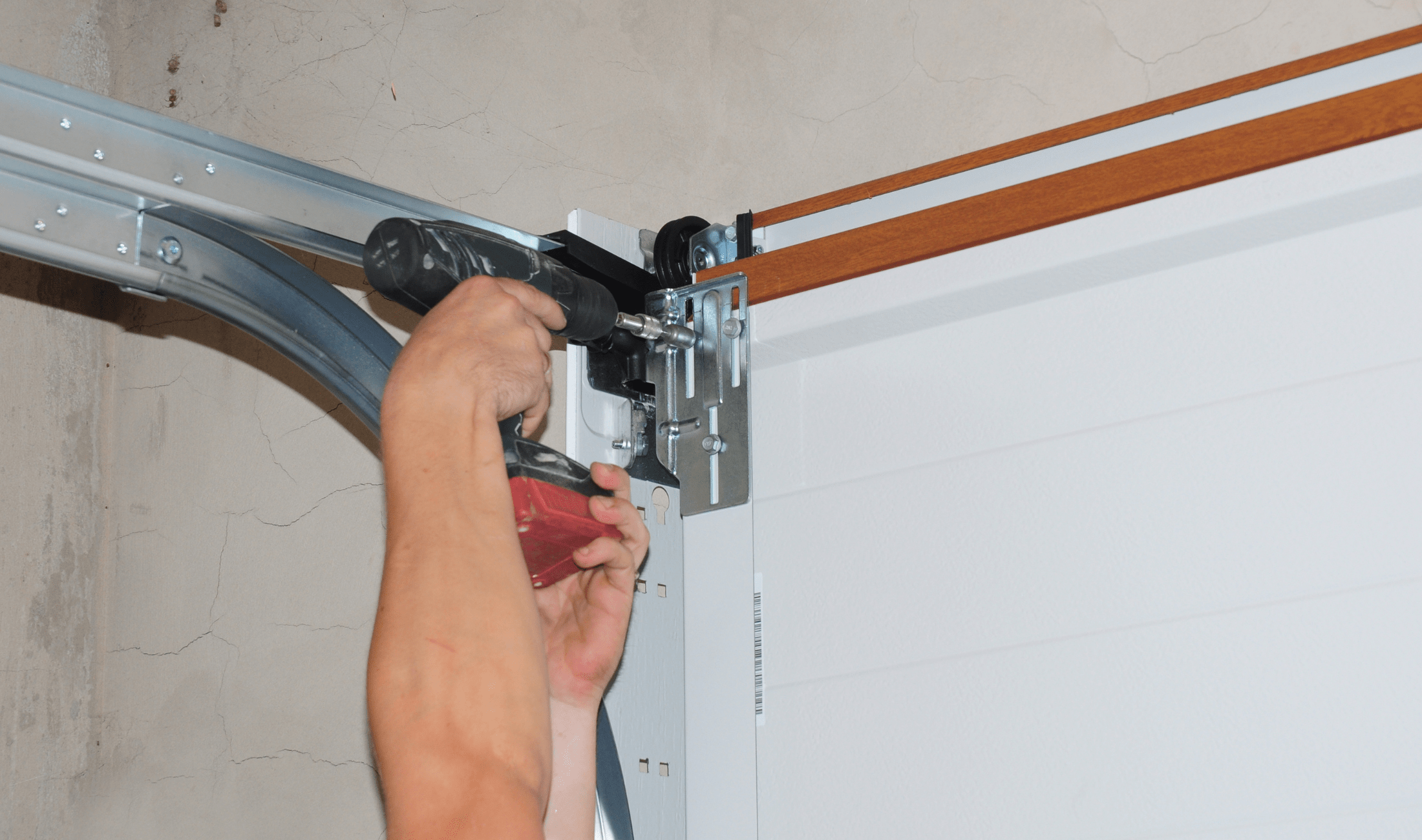
Safer Ventilation Options
If your goal is better airflow, there are safer, more reliable ways to do it. Wall vents, ceiling exhaust fans, and window-style garage fans are all designed for proper ventilation without the risks. You can even open side or back doors temporarily if your garage has them, or upgrade to an insulated door to better manage temperature. These options give you airflow without compromising safety or structure.
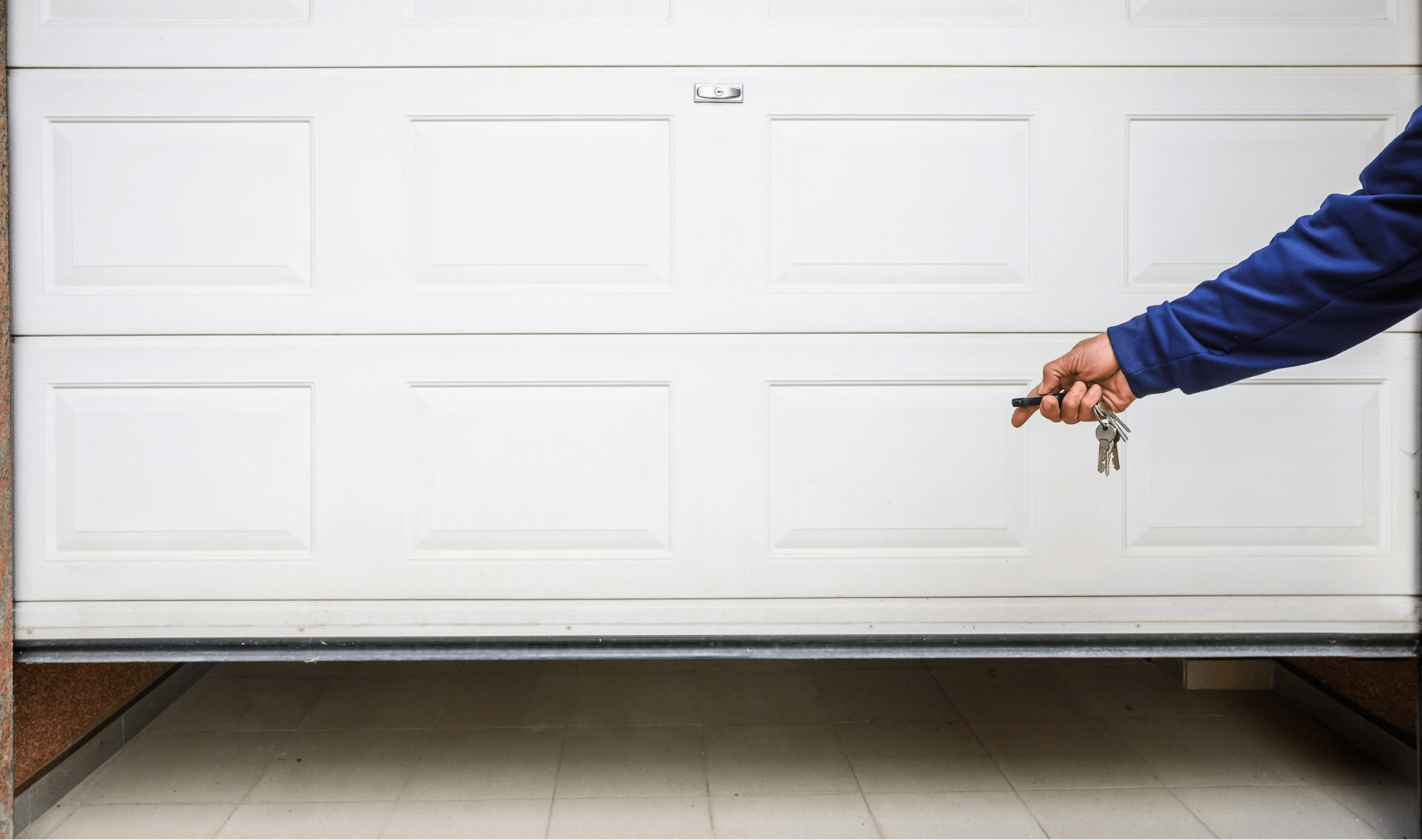
Related Articles
- Is Your Garage a Fire Hazard? Clear Out These Items Now!
- Handy Garage Hacks To Maximize Storage Space
- How to Insulate a Garage for Maximum Efficiency
Leaving your garage door slightly open might feel like a smart shortcut to beat some of the summer heat, but it opens the door (hah) to more trouble than relief. From pest problems and break-ins to moisture and wear on your garage door parts, the risks aren’t worth the trade-off. With safer ventilation options available, it’s better to keep the door closed and find more controlled ways to cool the room down.

